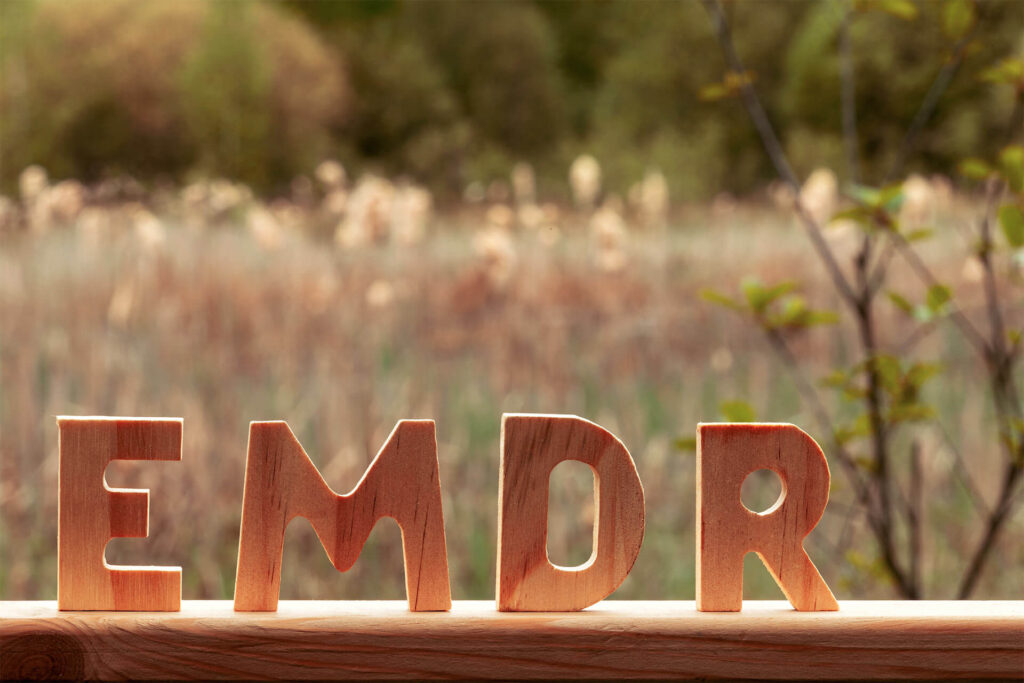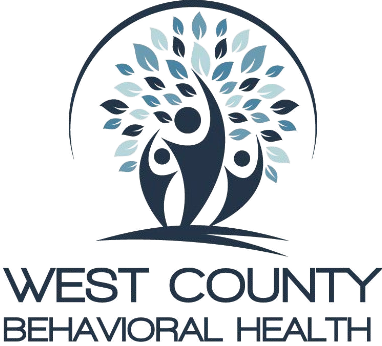
Finding Hope and a Community- Navigating Eating Disorders
By: Jennifer S. Lyons, MA, PLPC I remember the fear and disbelief as our pediatrician fielded questions about my fourteen-year-old daughter’s mood, eating, and exercise

Creating the New Normal: Navigating the Holiday Season in Separate Houses
By Jennifer Webbe VanLuven, MSW, LCSW, CDM Adults and stress go hand in hand during the holiday season. There is so much to do. Family to be

Mental Healthy Holiday
By David Stewart, PLMFT, CPT, HLC I don’t know about you, but my family doesn’t look like a Hallmark movie around the holidays. How great

Add Grief to Your Holiday Guest List
Katelyn Siebert, MSW, LCSW The past two years, right around October, I have attended funerals for family members of close friends. As we somberly drove

Regaining Our Personal Power
By Hadley McIntyre, MSW, LMSW It is the easiest thing in the world to allow those around us to take power over our decisions, our

Trauma: Understanding Your Experience and Winning the Adversity Contest
After an EMDR therapy session, a client turned to me and said, “Time to go back out there and pretend to be normal like everyone

The Motherload of Perfectionism: Navigating Holiday Pressures as Moms
By: Jamie Caldwell, MSW, LMSW With the holiday season quickly approaching, we often view this time of year as a time of celebration filled with

Overwhelmed! Maintaining Balance and Connection in a Busy Family
By Cari McKnight, MSW, LCSW It starts with the best of intentions. Your daughter expresses an interest in playing soccer, so you sign her up

When Life Throws Us a Curveball: Redefining Ourselves through Difficult Life Transitions
By Katelyn Siebert, MSW, LCSW There are times in every person’s life where we are faced with transitioning into a new phase of our journey. For some,

Divorce and the Sense of Personal Identity
By Jennifer Van Luven, MSW, LCSW, CM When you think of “trauma” you may imagine Big Trauma experiences: serious accidents, natural disasters, assault, or life-threatening

Sun’s Out, Structure’s In
By Meagan Gerchen MSW, LCSW Summer is full of fun, sunshine, and vacations. It can also be very stressful for many families. Without the structure

Maintaining Connection : How To Better Connect With Your Kids
By Meagen Gerchen, MSW, LCSW Children are reaching new milestones every day, and it leaves parents thinking about how they can continue to celebrate and

The Business of Play: Youth Sports in America
By Tony Tramelli, LPC The culture of youth sports in America has changed dramatically over the past decade. Not too long ago youth sports were

Staying Power: When Your Child Wants to Come Home From College
By Jennifer Van Luven, MSW, LCSW, CDM Staying Power: When Your Child Wants to Come Home from College Jennifer Webbe Van Luven, MSW, LCSW, CDM As a

Back To School: Acknowledging and Understanding School Stress
By Katelyn Siebert, MSW, LCSW “Back to School”… three words that typically hold some level of both excitement and worry for children and parents alike.

Your Greek Letters DO Not Define You
By Hadley McIntyre, MSW, LMSW It is that time of year again – The buzzword around my therapy room lately has been “recruitment”, formally known

Helicopter Parenting Leads to a Failure to Launch
By Tony Tramelli, MA, LPC Helicopter parenting is a parenting style that describes the way many of our young 20-28 year olds (Generation Y) have

Social Media Adultery
By Jennifer Van Luven, MSW, LCSW Many married and committed people today view text messaging and social media instant messages with a sense of false

The Crisis of Perfection: What’s Happening to Our Teens?
By Cari McKnight, MSW, LCSW When did we start thinking that our teens needed to be so…perfect? Something has changed dramatically over the past several

Challenges in Switching Psychiatric Medications
By Jeff Boatman, APRN-MHCNS We live in a society where we are accustomed to – and expect – instant gratification and results. However, for many

Why Embracing Our Anger is the Key To Letting It Go
By Cari McKnight, MSW, LCSW In the course of our therapy sessions, Kate has shared the story of her childhood, in which she was raised

Beyond Parenthood: Nurturing Relationships and Maintaining Connections
By Mollie Appelbaum, MSW, LCSW, PMH-C Becoming a parent is a transformative experience that brings immense joy and fulfillment. However, raising children can also undoubtedly

The Top 5 Things Parents Should Consider This Summer
By Katelyn Siebert, MSW, LCSW Summer is officially here which means many parents are beginning to express both excitement and even a little bit of

The Emotional Undercurrents of Thirst Trap Postings
By Jennifer Van Luven, MSW, LCSW, CM Most of us have seen that person on social media who posts provocative photos or pictures that seem

The Dark Side of TikTok: Unraveling Mental Health Misinformation
By Hadley McIntyre, MSW, LMSW In recent years, TikTok has emerged as a global phenomenon, captivating millions of users with its short videos. While the

Tainted Love: The Abuse No One Talks About
By Cari McKnight, MSW, LCSW Brad was a smart, social, confident executive when he met Elizabeth at a party. There was an instant attraction, and

When Life Throws Us a Curveball: Redefining Ourselves Through Unexpected Life Transitions
By Katelyn Siebert, MSW, LCSW As with so many Americans, Covid-19 completely changed Matthew S.’s life. Matt was a hard-working 30-something who worked in sales

Nurturing Love Through Complexity: The Impact of Medically Complex Parenting on Marriage
By: Jamie Caldwell, MSW, LMSW Parenting is a journey filled with joy, challenges, and unexpected twists and turns. For couples navigating the complexities of raising

Why Self Love is Anything but Selfish
By Cari McKnight, MSW, LCSW When many of us hear the words “self love”, we immediately have a negative connotation… we start thinking of that

Loving with Intention: The Myth of Happily Ever After
Cari McKnight, MSW, LCSW Are you starting to feel worried that you are growing apart from your spouse or long-term partner these days? Are you

Wrapping our Minds Around EMDR
By Elizabeth Kowalik, MSW, LCSW, CCTP In recent years, more and more individuals are reaching out asking for EMDR…but many people do not know what

Forgiveness vs. Reconciliation: Why It Matters
By Cari McKnight, MSW, LCSW Forgiveness can be a scary concept for a lot of us. When we hear that we “should forgive” someone who

Sitting with Grief
By Molly Meyerson, MSW, LMSW Typically, when we think about grief, we think about the loss of a loved one. We think about having to

Being a Mom is in Fact Not Easy The Journey into Pregnancy and Postpartum
By Mollie Appelbaum, MSW, LCSW, PMH-C When a mom gives birth, she is immediately bombarded with inquiries about how the baby is doing. Is the

Navigating the Challenges and Celebrating the Inch-stones: The Journey of Special Needs Parenting and Therapy
When we start out on our personal journey to become parents, we are often filled with hopes and dreams for our future children. We often

The Benefits of Boredom
A memory that most of us can recall in vivid detail from our childhood is the excruciating experience of being bored. For many, it may

Navigating Difficult Conversations
By Taylor Paschal, LMSW It is easy to look back and remember major stressful situations. This year, particularly, there were so many people feeling anxious
